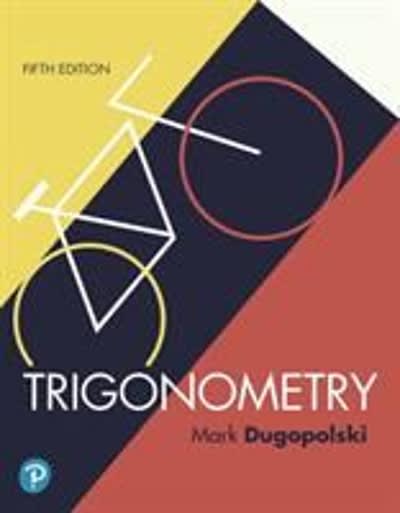Random Variable, x Frequency, f. Consider the observed frequency distribution for the set of random variables on the right. 23 a. Perform a chi-square test using a = 0.05 to determine if the observed frequencies follow the binomial probability 84 distribution when p = 0.50 and n = 4. 129 AWN - b. Determine the p-value and interpret its meaning. 81 33 Total 350 a. State the appropriate null and alternative hypotheses. Choose the correct answer below. O A. Ho: The distribution of the random variable is binomial with n = 4 and p = 0.50. H1: The distribution of the random variable is not binomial with n = 4 and p = 0.50. O B. Ho: The distribution of the random variable is not binomial with n = 4 and p = 0.50. H1 : The distribution of the random variable is binomial with n = 4 and p = 0.50. O C. Ho: The mean number of the random variable is equal to 0. H, : The mean number of the random variable is not equal to 0. O D. Ho: The mean number of the random variable is equal to 0. H, : The mean number of the random variable is less than 0. The chi-square test statistic is x2 =. (Round to two decimal places as needed.) The chi-square critical value is xa = (Round to three decimal places as needed.) Determine the proper conclusion. Choose the correct answer below. n = 4 and p = 0.50. O A. Do not reject the null hypothesis. There is not enough evidence to conclude that the random variable does not follow a binomial probability distribution with P = 0.50. O B. Reject the null hypothesis. There is enough evidence to conclude that the random variable does not follow a binomial probability distribution with n = 4 and n = 4 and p = 0.50. O C. Do not reject the null hypothesis. There is enough evidence to conclude that the random variable does not follow a binomial probability distribution with and p = 0.50. O D. Reject the null hypothesis. There is not enough evidence to conclude that the random variable does not follow a binomial probability distribution with n = 4 b. p-value = (Round to three decimal places as needed.) State the appropriate conclusion. the null hypothesis because the p-value is Va. There is I probability distribution. evidence to conclude that the observed frequency distribution Reject Do not reject







